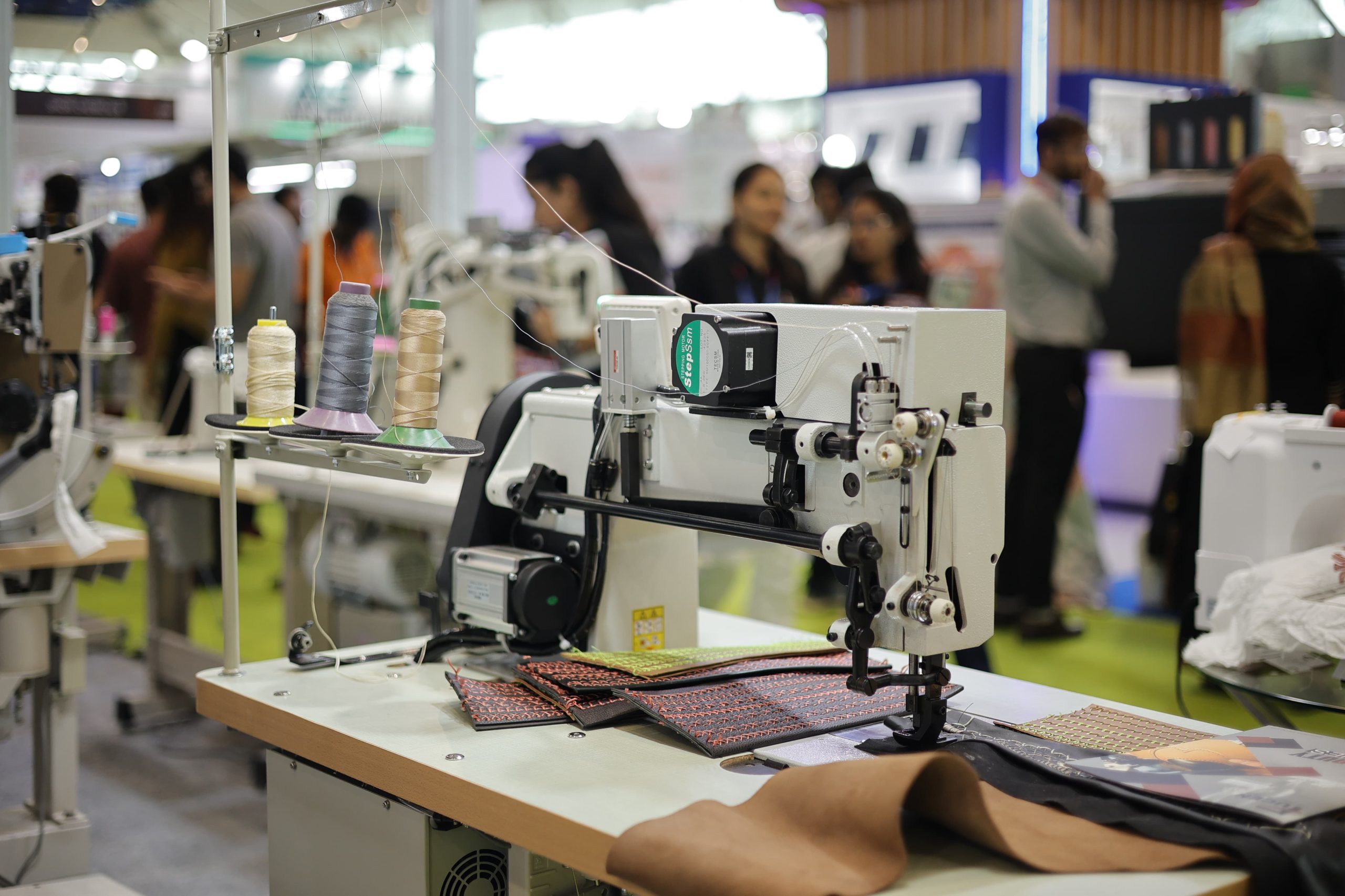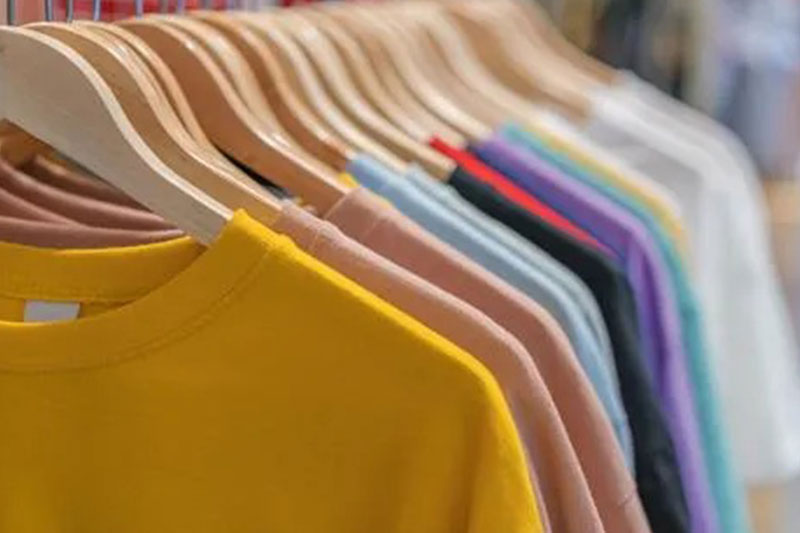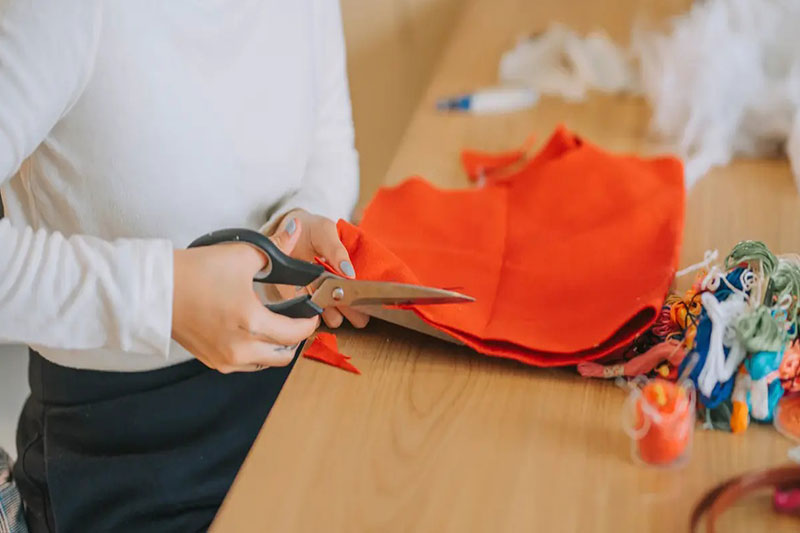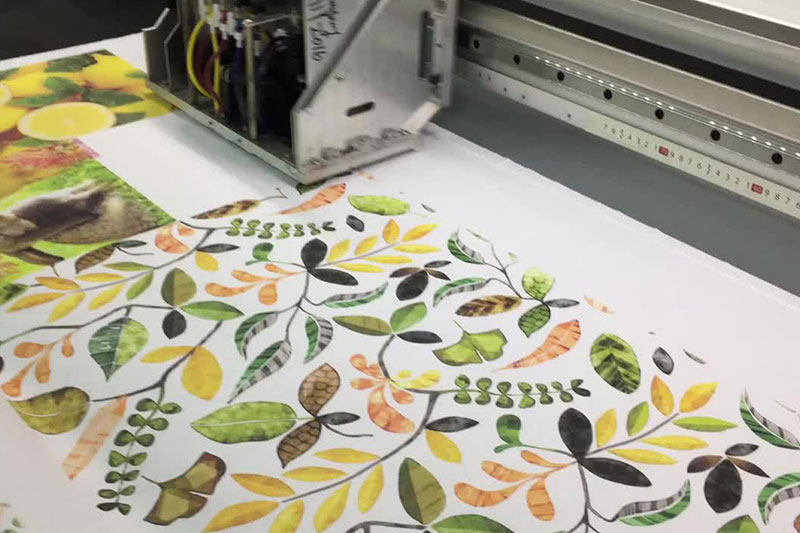How Automation and AI are Transforming Garment Manufacturing

Sewing machinery is undergoing a transformative shift in its operations. Dating back to the early 19th century, the sewing machine market has witnessed evolutionary changes. The advent of sewing machines was followed by hand-sewing methods, a crucial element of the fashion industry before technological advancements initiated transformation. Today, sewing machines are of great significance, increasing the pace of production.
Sewing means the integration of different parts of garments with the use of needles and thread. This method is used to combine several parts like sleeves, hem, lining, and cuff. The precision and quality of sewing can make or break the appearance of the garment, and it is quintessential to use the latest techniques for a finishing touch.
Witnessing a boom in the usage of technology, the current textile market is projected to grow at a CAGR of 6.5% from 2023 to 2028. This in turn has accelerated the manufacturing processes. Underlining here are a few fabrics that involve swing technology. It includes cotton, polyester, silk, wool, linen, and velvet.
Driven by advanced automation, artificial intelligence, and robotics, the latest inventions in sewing machinery are garnering the utmost attention. Below are several types of machines, offering quality and optimising automatic features and thereby minimising efforts.
Domestic Sewing Machines
- Mechanical Sewing Machines: Powered by electricity, these machines offer additional features as compared to manual machinery like straight and zigzag stitches.
- Electronic Sewing Machines: This machinery provides advanced functions and stitches. For the unversed, these are controlled by electronic buttons and knobs.
- Embroidery Sewing Machines: Used for designing different patterns of embroidery on fabrics, these machines are gaining recognition in the fashion and textile industries.
- Computerised Sewing Machine: Features an LCD screen, automatic needle threading, and built-in stitch programs, suitable for a wide range of sewing projects.
Industrial Sewing Machines
- Overlock Machine: Trims the fabric edge while sewing the seam, optimal for finishing seams and sewing knits.
- Flatlock Machine: Suitable for creating a flat stitch on the right side of the fabric, used for hemming, binding, and topstitching.
- Chain Stitch Machine: Produces a chain-like stitch, ideal for stretch fabrics.
- Blind Stitch Machine: This creates an invisible hemstitch and is used for sewing hems on knit fabrics.
India’s Flourishing Sewing Industry
The Indian sewing market is transitioning from manual processes to machinery forwarding. Factors such as rising demand for technological advancements in sewing machinery, sewing fabric patterns, and increasing investments in the textile sector are shaping the future of sewing machines.
The global sewing machine market was valued at USD 5,960.3 million in 2021 and is expected to grow to USD 8,502.7 million by 2030 at a CAGR of 6.1%.
North America is the second-fastest growing region, fueled by the need for high-quality sewing machines and the growth of the textile industry. Gem Allied Industries Pvt Ltd is listed as a top sewing machine manufacturer in Kadamtala, Howrah.
The United States, Bangladesh, the United Arab Emirates, China, and the United Kingdom are among the top listed countries to which India exports sewing machines.
Maharashtra, Gujarat, Tamil Nadu, Karnataka, and Uttar Pradesh are the leading five states in terms of sewing machine exports from India.
Advancements in Sewing Machinery
Automatic Bobbin Changing: This technology saves time while fabricating designs on fabric by automatically replacing the bobbin when the thread finishes.
IoT Connectivity: In accordance with the latest developments, users are provided with a chance to control and monitor machines from their smartphones.
AI and Machine Learning: This technology is aimed at offering automatic stitching adjustments, error detection, and pattern recognition.
Wrapping it Up!
In the fast-paced fashion industry, it is crucial to keep up with the ongoing trends. The adoption of technology is pushing the demand for sewing machines. Understanding the need, Gartex Texprocess India is introducing a platform where technology meets opportunities. Covering all the latest inventions and breakthroughs in the garment and textile manufacturing industry, the exhibition provides networking possibilities with industry leaders
More News
How to Start a Garment Manufacturing Business in India?
India’s textile and garment industry has always been a major contributor to the country’s economy, offering vast opportunities for entrepreneurs. With the…View More
How to Reduce Textile Waste in Garment Production?
Textile waste has become a growing concern in the garment industry, with significant environmental and economic impacts. As businesses and consumers become…View More
The Digital Transformation of Textile Production
The shift from traditional textile printing to digital fabric printing has unlocked a world of new possibilities for producers and designers alike.…View More
Recap of India’s Garment Industry in 2024: A Year of Growth and Transformation
As 2025 begins, India’s garment industry has experienced significant growth, overcoming challenges and embracing new opportunities in 2024. From technological advancements to…View More
Sustainable Textiles: Redefining the Future of Industry
The garment and textile industries are undergoing a major transformation. Long criticized for their environmental toll—ranging from excessive water use to reliance…View More
Download
Register Now
Recent Posts
Show Countdown
DELHI
Bharat Mandapam (Pragati Maidan), New Delhi, India
- days
- Hours
- Minutes
- Seconds
MUMBAI
Jio World Convention Centre, Bandra Kurla Complex, Mumbai






